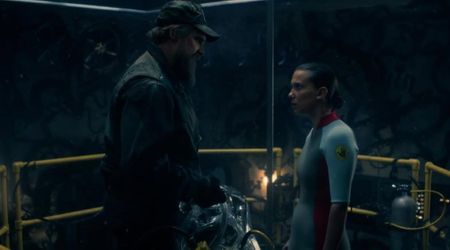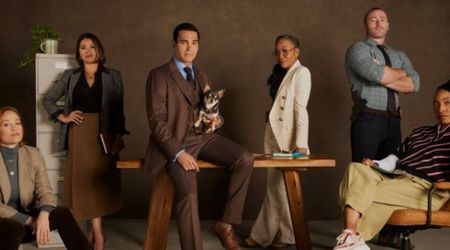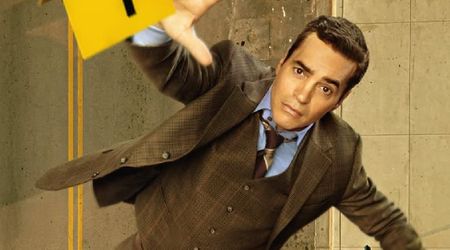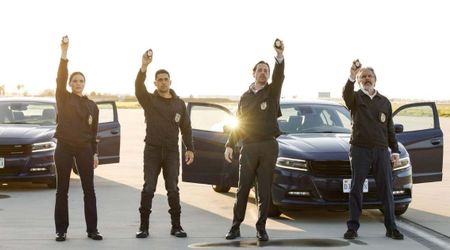Coca-Cola, Heinz and Kellogg's: The story behind the iconic food brands that America loves to this day

History Channel's new three-part nonfiction miniseries 'The Food That Built America' focuses on the never-fading determination and perseverance of the men and women behind the major food brands that eventually became the household brands that America knows and loves today.
However, not many of us know that visionaries like Henry Heinz, Asa Candler, and Will Kellogg spent a vast amount of their energies and resources on products quite different from the ones that eventually took the food industry by storm.
Here is a look at the failed or preliminary ideas explored by the three food tycoons 150 years ago – a time when none of them had the slightest clue about the glorious future that awaited their businesses.
Henry Heinz – Horseradish sauce
Much before he landed on the revolutionary tomato sauce—the ultimate condiment that compliments most fast food items—Heinz was focused on the wrong kind of sauce. He was trying and failing to expand his horseradish sauce business because no one wanted to buy his product.
The recipe behind the horseradish sauce belonged to his mother.

In 1875, Heinz was at the end of his wits after defaulting on huge loans that he had taken to keep his business afloat.
As a result, the 31-year-old entrepreneur was arrested by local Pittsburgh authorities.
"With every new development for every innovation in the food production process, when you are sort of near the cutting edge, the way things are going, this is the riskiest edge," HW Brands, professor of History at the University of Texas commented in episode one.

Heinz would eventually land on his jackpot product – the tomato sauce – after realizing the potential of the "catsup" sauce in masking the taste of questionable meat. Catsup was a variation of fish sauce used in China for thousands of years and imported by the US.
Fun fact – Heinz did get a chance to revive his horseradish sauce business after hitting gold with the tomato sauce. Apart from local retailers, the once-failed product is now sold by places like Walmart, Amazon and the brand's own website.
Will Kellogg – Granola
Far from being a born-entrepreneur, Will Kellogg grew up in the shadow of his world-famous brother, doctor John Harvey Kellogg, who ran the Battle Creek sanitarium in Michigan – a place where unusual methods were used to treat physical and mental illnesses. Will was in charge of the kitchen, overseeing the patients' daily diet.
John believed that medical issues like nervous disorders, tooth decays, even cancer could be cured by prescribing the right kind of diet. Made of flour, oatmeal and cornmeal baked into brittle cakes and smashed into pieces – granola, which was initially served as a medicinal food, quickly came to be recognized as the perfect breakfast substitute.

Although Will recognized the potential of marketing granola beyond the sanitarium, enabling common men to have easy access to a nutritious and wholesome first meal of the day, John was dead against letting his invention out into the open market.
The one to benefit off the clash between the Kellogg brothers was CW Post, a patient-turned-worker in the kitchen who eventually became a billionaire selling granola. In an effort to beat Post at his own game, Will would, years later, chance upon his signature product – the corn flakes – which he would then proceed to market under the family name.
Asa Candler – Patent medicine
Not known to many people, Candler, who is given the credit of coming up with the secret recipe for Coca-Cola, actually stole (or rather bought it off at a price that was a steal) the formula from a local entrepreneur from Atlanta, Georgia, called John Pemberton.

Pemberton, a civil war veteran and a pharmacist, was also a morphine addict and far from trying to develop a soft drink. He was hoping to cash in on the trend that was sweeping the nation at the time – miracle health tonics, also known as a patent medicine.
But patent medicine was fairly adulterated at the time as such tonics claimed to cure everything from cancer to itchy scalp. With virtually no food or medicine regulation at the time, the tonics contained a number of harmful chemicals.

"They contained all sorts of toxic chemicals and substances that you wouldn’t even wash your floor with it let alone take it or ingest it," said Howard Markel, professor of medical history, University of Michigan.
Combining the extract of the cocoa leaves and the cola nut, among other ingredients, Pemberton eventually landed on the perfect formula after many painstaking nights on May 8, 1886. He named the formula on its two main active ingredients – Coca-Cola.

After buying 50 percent of Pemberton’s company, Candler recognized Coca-Cola as a golden goose and acquired the rest of his company by paying off Pemberton's family members a meager amount after the inventor's death. Instead of a miracle tonic, Coca-Cola was marketed as a new-age soda, which soon dominated the national market.










